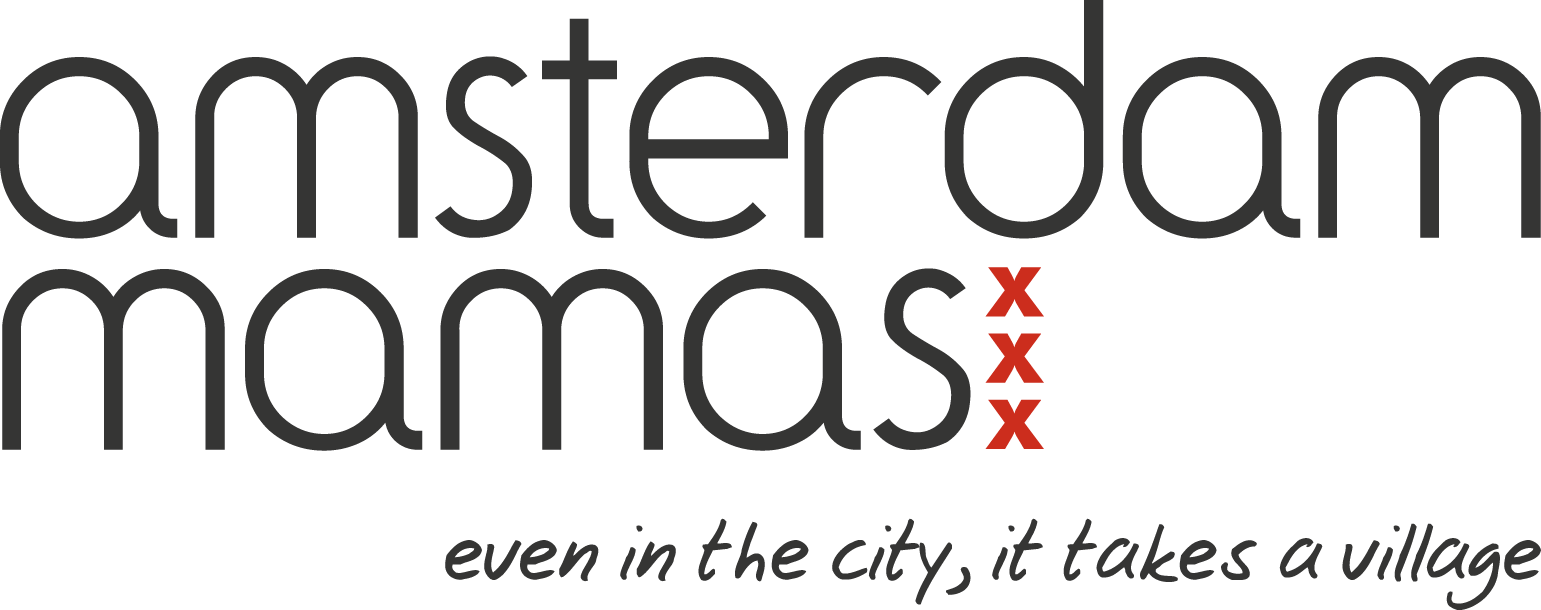Wondering how Montessori schools work within the Dutch Public School System? Simone Davies from Jacaranda Montessori Playgroup explains what you can expect.
When we decided to move to Amsterdam in 2006, I was so excited to find out that Montessori schooling was available in the public system. In The Netherlands, families have access to free schooling from 4 years old through the end of high school, with a variety of schools to choose from: classical, Montessori, Steiner, Dalton, Jenaplan, and more.
In my view, this is such a privilege. To give equal access to all educational approaches for all children is so sensible and yet so foreign to me. Perhaps this is also the case in some Scandinavian countries, but it is rare in the US, UK, and Australia, where Montessori schools are usually in the private system.
Montessori Schooling is a Popular Choice
The Montessori approach in the Netherlands is well known, and there are around 20 Montessori primary schools in Amsterdam alone. I once heard a statistic that 5% of children in the Netherlands attend Montessori school. That is higher than any other country I know of.
This high uptake of Montessori education does not surprise me. A Montessori education complements the general Dutch approach to parenting– where children are given opportunities to make discoveries for themselves, where independence is encouraged, and where you are allowed to be yourself.
If you would like to find out more about what Montessori education is about, read here.
Montessori Schools Have Received Good Results
In September 2013, RTL news reported that students at Montessori schools across the Netherlands performed better than those at traditional schools in their final tests at the end of primary school.
I was less concerned about the academic results of my children than that they enjoyed learning, could learn things with their hands, and had freedom to follow their own learning needs. But it is still reassuring that children can also get good academic results at Montessori schools.
The Montessori Approach in The Netherlands
I’m often asked how Montessori schools here compare to Montessori schools in other countries. Indeed, Montessori schools here in the Netherlands differ from those you may find in other parts of the world. It’s good to know the differences so you don’t have any surprises!
What You Do Get
1. Independence in planning their day – The Montessori schools I have experience with allow the children to decide for themselves what they would like to work on each day. One child might work on maths, another some language materials, and two other children might work together on a project.
2. Cosmic education – In primary school, you have one group lesson a week on a large year-long learning area, such as ancient civilisations or the universe.
3. Gym lessons, school garden, and swimming lessons – At the time of writing this article, children generally attend 2 gym lessons a week. Children visit the school garden year round – weekly in the spring months, and monthly in the cooler months. And there are swimming lessons offered too.
4. Possibly free Wednesday afternoons – most schools in Amsterdam and many throughout The Netherlands (including Montessori schools) have no school on Wednesday afternoons for children in primary school. I think this is a great idea to give children some time off during the week and to do any sports or extra art activities.
5. No homework – Children do not get any homework in Dutch Montessori primary schools.
What You May Not Get
1. Teacher training – Dutch Montessori teachers receive their Montessori training as part of their teaching qualification. They do not follow a diploma from AMI, AMS or other Montessori training organisations. Of course there are many good Montessori teachers in the Netherlands, but it might be that their training is different from someone who gone through a dedicated Montessori training program.
2. Budgets – As schools are publicly funded, you may find that the quality of the Montessori materials is not the standard you would find in a private school in another country. The materials are expensive, and I have seen some materials that were incomplete and/or “well-loved”. Completely understandable given their budgets, but good to know.
3. Practical Life activities – I see less practical life activities in Montessori schools I’ve visited in Amsterdam than those I saw in Australia. The children do have a plant on their table to water and care for, but I see less activities like food preparation, and cleaning since I have been here. These activities are great for gross motor movement, and learning longer sequencing.
4. Use of workbooks – It is common to use some workbooks in Dutch Montessori schools. In Montessori schools elsewhere, children would usually work through activities on the shelf instead of on abstract problems in a workbook.
5. Going out activities – in some Montessori schools in other countries, children in upper primary school can begin to arrange their own outings to find out more information about something they are studying. For example, the children could arrange to to visit a bakery to see how bread is made. Instead, in the schools I have visited in the Netherlands, excursions are arranged by the school. The children get to visit amazing museums and nature areas, but it is arranged somewhat differently.
6. Parent contributions – some Dutch schools ask for a voluntary parent contribution to enable the school to add extras into the program, like visits from music teachers.
What to Look For
As the name “Montessori” was never copyrighted, you will find a variety of schools calling themselves Montessori, but which may not be true Montessori schools. Here are some things to look for when you visit a school:
1. Mixed age groups – in primary schools in the Netherlands, you will have a kleuter class (preschool), onderbouw (ages 4-6), middenbouw (6-9), and bovenbouw (9-12).
2. Unstructured work time – the children should be free to choose what they can work on, and work uninterrupted for (ideally) 3 hour periods.
3. The materials should be set out on shelves at the child’s level for independent work choice.
4. The activities should be, as much as possible, clean and complete, and beautifully presented on trays or in baskets.
5. The children should be happy and independent.
6. There should be little or no testing – the teacher knows which activities the child has mastered so there is little need to test a child. Note: Dutch schools now have to do CITO tests in all year levels. However, in the Montessori schools I have visited, they try not to make it competitive – the children do not need to study for them, and they aren’t given the results. It is a bit more serious in the final year of primary school. The children actually learn how to take a test during the year as they haven’t done a lot of testing. My children found doing the practice tests quite fun to see where they were up to.
7. The teacher should talk to the children as a guide – with respect, and with the approach of I don’t know, let’s find out together! – encouraging the children to seek answers alone and with others.
Knowing All This, Would You Still Choose a Dutch Montessori School?
Absolutely! Whilst there are differences between the Dutch Montessori approach and elsewhere, the overriding principles are preserved. When I look back over the 8 years my children were in Dutch Montessori schools, it’s exactly what I would want for my children. They loved school, they learned to love learning, and they have developed into caring, independent children ready for high school!
I hope this helps you understand Dutch Montessori schools a little better. Best of luck with your schooling choices. I hope your child finds a school where they love learning, and where they feel at home.
Photo credit: Simone Davies
Simone Davies
Simone Davies is the owner and directress of Jacaranda Montessori Playgroup. As well as being a mama of 2 children, Simone provides a Montessori environment for parents and babies and also hosts courses and workshops.






